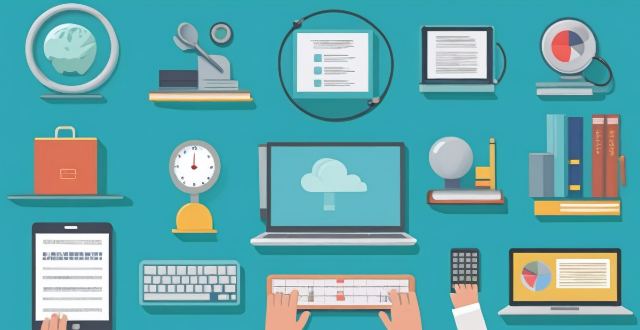Using a remote education platform can have various cost implications for both the institution and the students. Institutions may need to invest in hardware, software, staff training, and ongoing maintenance. Students may also need their own devices and internet access, as well as additional resources. It is important to carefully consider these costs before deciding to use a remote education platform.

Cost Implications of Using a Remote Education Platform
Using a remote education platform can have various cost implications for both the institution and the students. Here are some of the key factors to consider:
Infrastructure Costs
- Hardware: Institutions may need to invest in servers, networks, and other hardware to support the platform. This can be a significant upfront cost.
- Software: Licensing fees for the platform itself can also be expensive, especially if it requires ongoing maintenance or upgrades.
Training Costs
- Staff Training: Educators and administrative staff will likely need training on how to use the platform effectively. This could involve paying for external consultants or taking time away from regular duties for internal training sessions.
- Student Training: Students may also require guidance on how to access and navigate the platform, which could involve additional resources or support staff.
Maintenance Costs
- Technical Support: Ongoing technical support is often necessary to ensure that the platform is functioning properly and to troubleshoot any issues that arise. This could involve hiring additional IT staff or contracting with an outside provider.
- Updates and Upgrades: As technology evolves, the platform may need to be updated or upgraded to remain compatible with new devices or software. These updates can be costly, both in terms of licensing fees and implementation costs.
Student Costs
- Technology Access: Students may need their own devices (such as laptops, tablets, or smartphones) and internet access to participate fully in remote learning. This could represent a significant financial burden for some families.
- Additional Resources: Depending on the platform used, students may also need to purchase additional resources such as textbooks or other materials that are not included in the cost of tuition.
Overall, while there are potential benefits to using a remote education platform, such as increased flexibility and accessibility, it is important to carefully consider these cost implications before making a decision.